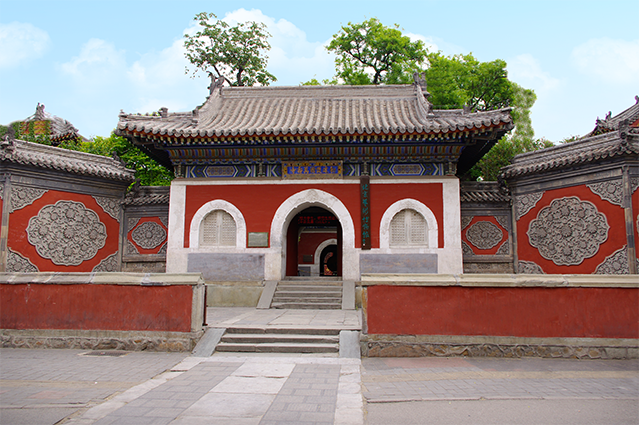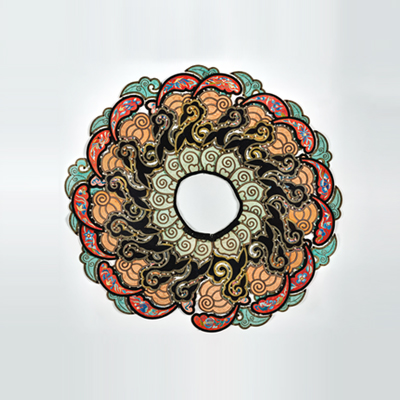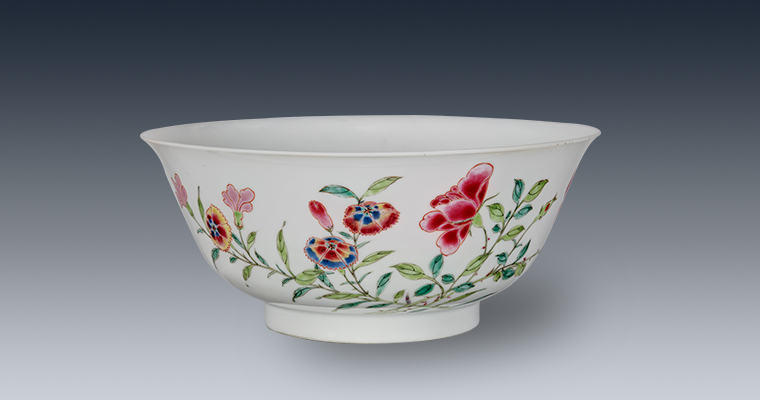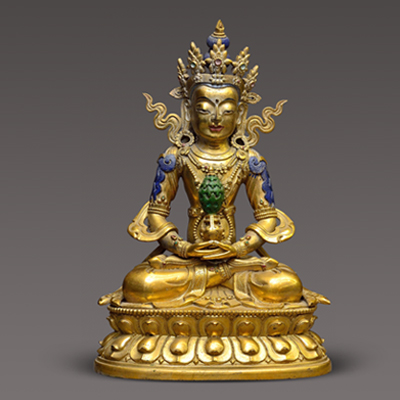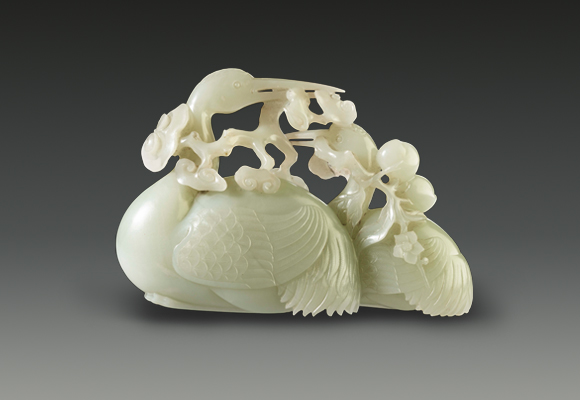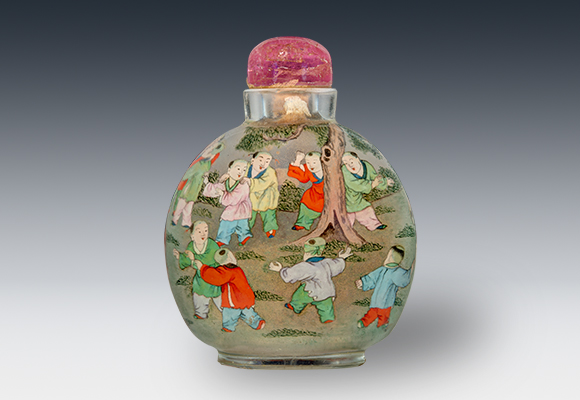About us
> about us
-
Beijing Art Museum is a comprehensive museum subordinated to Beijing Municipal Bureau of Cultural Heritage. Officially established and opened to public in August 1987, Beijing Art Museum takes its tenet in carrying forward the ancient Chinese art civilization while promoting the exchange and development of modern and contemporary art.
Located in the ancient complex buildings of the Wanshou Temple and covering an area of nearly 40,000 square meters, with 14,000 square meters construction area, Beijing Art Museum is a national key cultural heritage protection unit.
Beijing Art Museum has nearly 10 thousand pieces of art works in house. Among which, the collection of ancient Chinese art works is known for treasures handed down from as early as the primitive era to the Republic of China, with most impressive collection of the Ming and Qing dynasties. It covers paintings, calligraphy, rubbing, embroidery, pottery and porcelain, jade wares, bronzes, lacquer of bamboo, wood and tooth, coins, seals, furniture, and other categories of the traditional Chinese art. In addition to ancient artworks, the Museum also houses the masterpieces of Wu Changshuo, Qi Baishi, Zhang Daqian, Xu Beihong and other modern and contemporary great painters of China. Beijing Art Museum also boasts for its foreign art collection represented by Japanese paintings and crafts. In 2011, Beijing Art Museum is substantially enriched with a total of more than 2,000 cartons of the residuals and shards unearthed from Maojiawan and the relics unearthed from Longquanwu Kiln Site wholly allocated by Beijing Municipal Bureau of Cultural Heritage. In recent years, by renovation to modern exhibition halls under the base of the ancient architectural interior pattern, Beijing Art Museum has successfully held a series of exhibitions of Chinese ancient kilns and ancient jade wares as well as various art exchange events and educational activities.
-
Wanshou Temple was built from March 1577 (5th year of emperor Wanli’ reign) to June 1578. Emperor Wanli’s mother, the Empress Dowager Ci Sheng, took the opportunity of Emperor Muzong’s unfinished affairs, helped to set up Wanli’s emperor image by holding the Buddhist affairs. The Temple located at the north side of Yu River, supervised by the eunuch of ceremony Fengbao. After it finished, Emperor Wanli named the temple ‘Hu Guo Wan Shou SI’. Zhang Juzheng, the cabinet grand secretary wrote the biography for Wanshou Temple.
In the end of Ming dynasty, Wanshou Temple had been damaged in a certain extent. However, due to the reputation of good fortune, Wanshou Temple had been favored by the royalty of Qing dynasty. Especially the Emperor Qianlong rebuilt and expended the construction’s scale for his mother’s 70s and 80s birthday at 1751 (16th year of Emperor Qianlong’ reign) and 1761 (26th year of Emperor Qianlong’ reign). Renovated temple was extensive and glorious.
After the Revolution of 1911, Wanshou Temple lost the shelter of Qing dynasty, had been used as barrack-yard, school, sanatorium and shelter. After the founding of the people’s Republic of China, government funding many times to rebuilt Wanshou Temple, and the Wanshou Temple has been listed as the Major Historical and Cultural Site Protected at the National Level since 2006.
Beijing Art Museum was set up in Wanshou Temple in 1987.
-
Address: West Third Ring Road North, Haidian District, Beijing, China
Postcode: 100081
Telephone: (010)68413380, 68456997
History Of Bam
